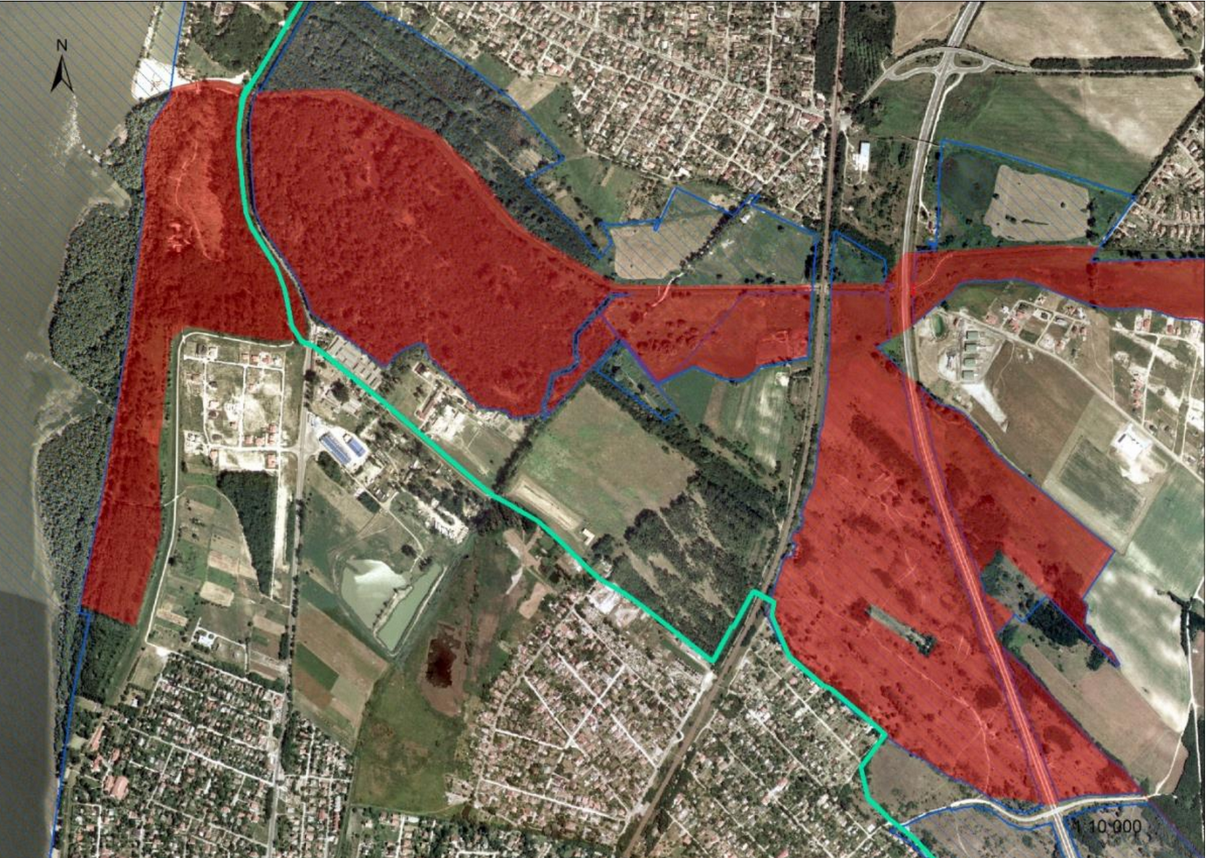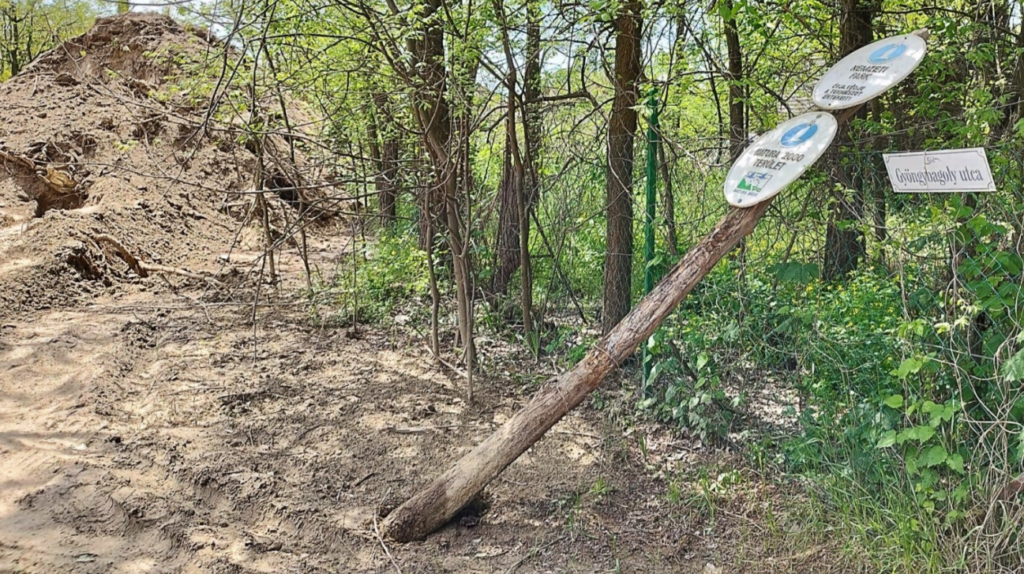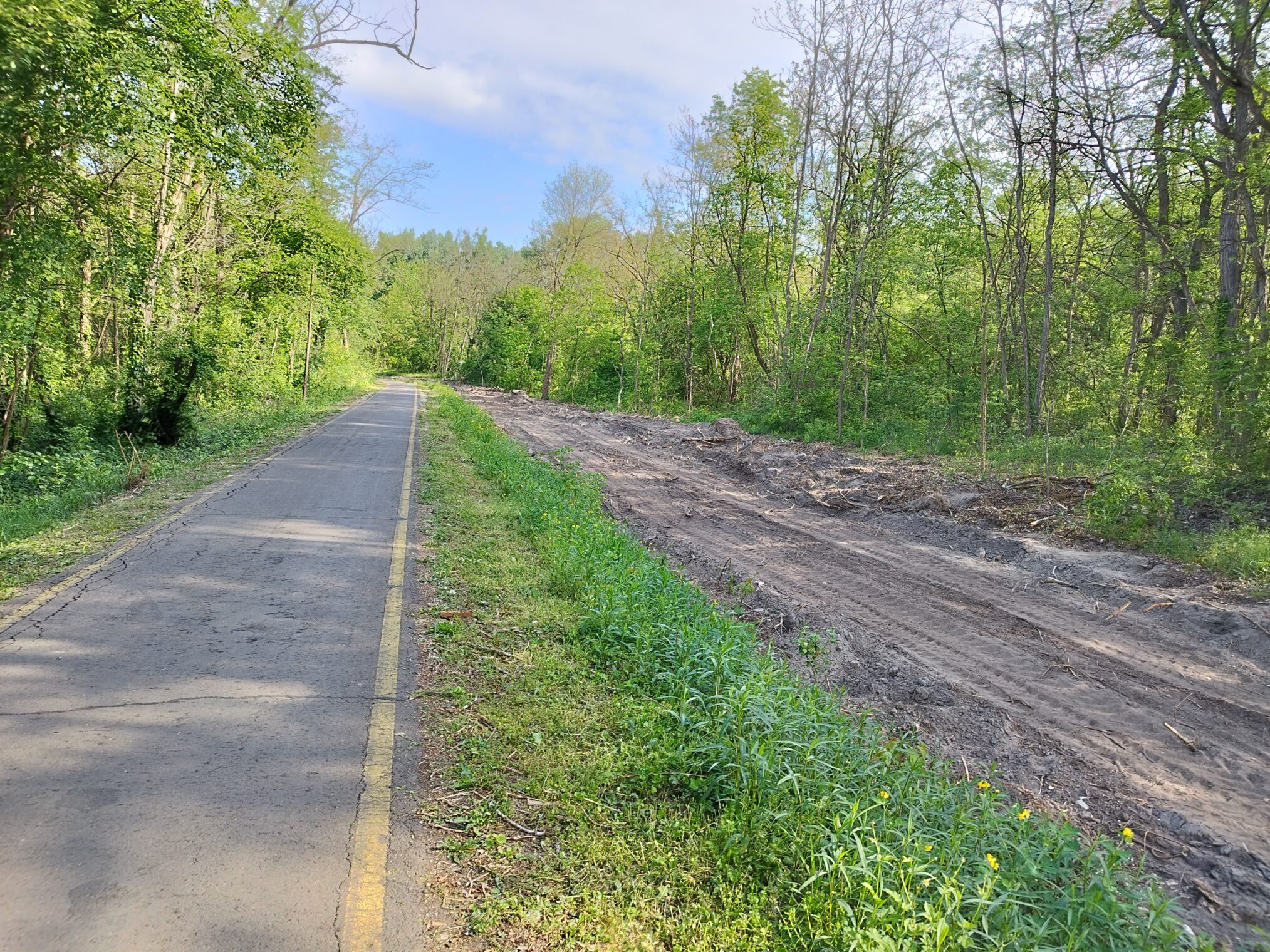The https://english.atlatszo.hu use cookies to track and profile customers such as action tags and pixel tracking on our website to assist our marketing. On our website we use technical, analytical, marketing and preference cookies. These are necessary for our site to work properly and to give us inforamation about how our site is used. See Cookies Policy
Nature reserve turned upside down for the expansion of Göd battery factory’s waterworks system
Construction of a waterworks system for the Göd-based EV battery plant is flying. But the project, carried out by Mészáros and Mészáros Zrt, has come at an environmental cost – trees have been cut down on the Danube’s bank, while the work has also disturbed around 1.5 kilometers of nature reserves and a Natura 2000 protection area. The publicly funded 32 billion HUF waterworks project was declared a special public interest investment by the Hungarian government, but it only serves the battery plant’s large-scale water consumption needs and does not supply water to residents. It remains to be seen how public this undoubtedly very special interest is.
Last September, we reported that the two Samsung plants in Göd will use 27 thousand cubic meters of industrial and drinking water per day. Water from the Danube will be transported through an 8.5-kilometer water supply system from Vác to the Göd industrial site, and a 13-kilometer drainage system will discharge the factory’s wastewater to a new wastewater treatment plant, just north of the extraction point.

The EUR 32 billion project, financed by Mészáros and Mészáros Zrt – owned in large part by oligarch Lőrinc Mészáros – partially encroaches on a nature reserve.

The pipeline route from the Samsung factory in Göd. (Source: preliminary investigation documentation).
Ain’t nothing gonna break their stride – not even a nature reserve
The pipeline’s route from the Göd factory has changed several times over the last few years after residents and municipalities protested the daily eight thousand cubic meters of wastewater passing through their community.
Even with the modifications, however, the route does not entirely avoid the residential areas – construction dust and noise have become a daily reality for those who live in the outskirts of Göd, Sződliget, Sződ and Vác.
Many of the adjustments were justified by the need to minimize the construction’s impact on any nature reserves. A noble goal – which makes it particularly awkward that, for 1.5 kilometers, the pipelines pass through or impact both the protected floodplain along the Danube and the Debegió Hill in Göd, which is a Natura 2000 site. Trees in three separate forest areas will also have to be felled for canalization.

The canalization will also cross 1.5 km of national park, labelled red. (Source: Preliminary Study Documentation).
Work started a few months ago, but trees in protected areas had already been felled and removed from near the bike lane for the stretch of construction on the Danube’s bank.
The conduit also touches upon the Natura 2000-listed Debegió Hill, although the national park sign was removed from the area by the time we visited. Some might argue that a national park by any other name is still a national park, but the thinkers behind the project evidently disagree – the Natura 2000 site had been thoroughly tampered with. Perhaps there was a line of thought here – one cannot cause harm to a protected area if, according to signage, the protected area does not exist.
The most valuable species in the area, a very endangered and highly protected crocus, is estimated to be numbered at around two thousand flowers. The Preliminary Assessment Documentation stipulated that, of the two thousand, 432 crocuses located in the outskirts of Göd must be translocated.
There was no information forthcoming on what measures were being taken to protect the endangered species located in the path of the developing waterworks utilities. Neither the contractor, nor the Environmental Protection Agency, nor the Danube-Ipoly National Park Board had any answers.
Translated by Vanda Mayer. The original, more detailed Hungarian version of this story was written by Zsuzsa Bodnár and can be found here.


